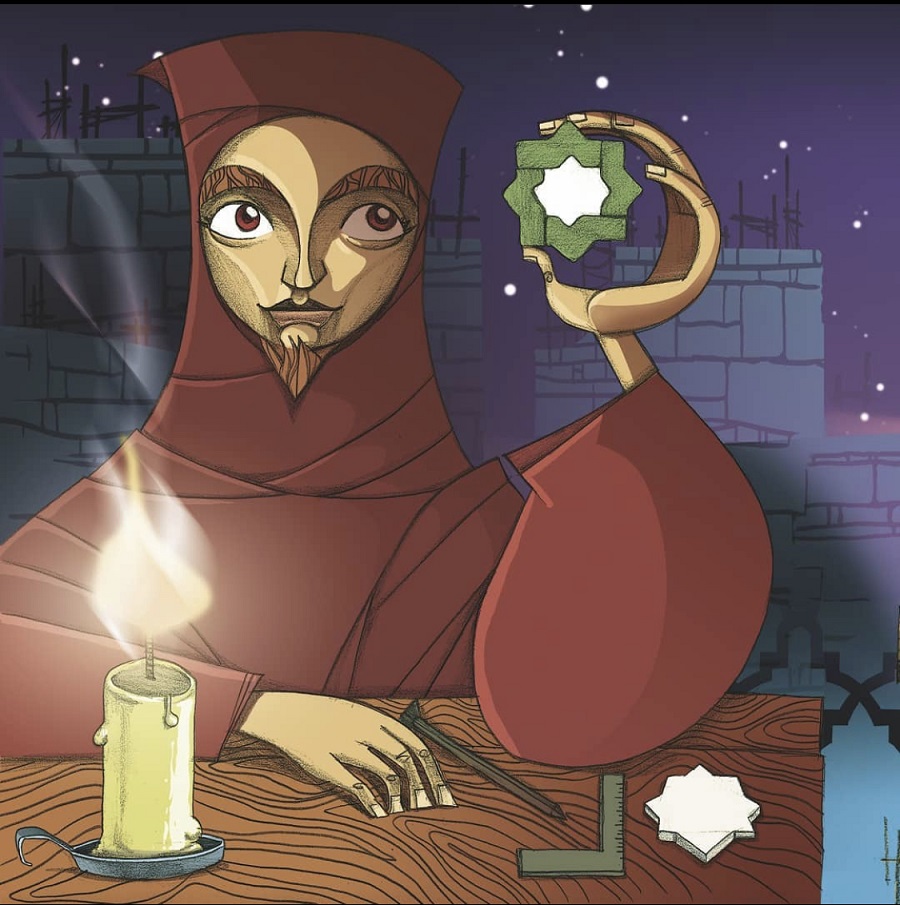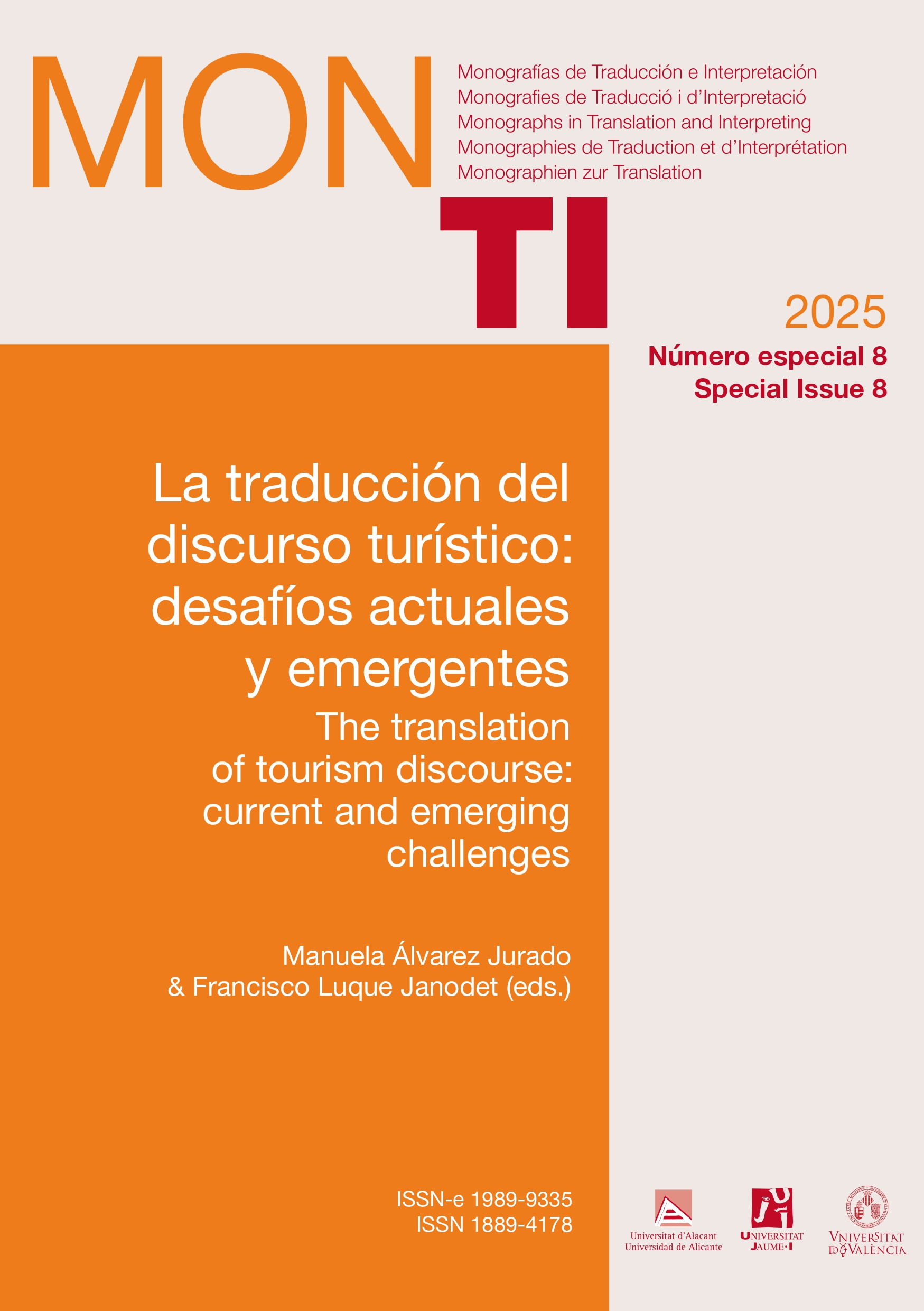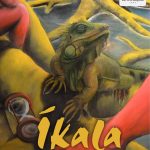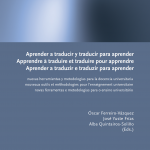Yuste Frías, José (2025) «La paratraducción turística del mudéjar: Transculturalidad y mestizaje en la estrella de ocho puntas», MonTI. Monografías de Traducción e Interpretación, número especial 8: 569-607. DOI: https://doi.org/10.6035/MonTI.2025.ne8.20
Yuste Frías, José (2025) «The touristic paratranslation of the Mudejar: Transculturality and métissage in the eight-pointed star», MonTI. Monografías de Traducción e Interpretación, Special Issue 8: 569-607. DOI: https://doi.org/10.6035/MonTI.2025.ne8.20
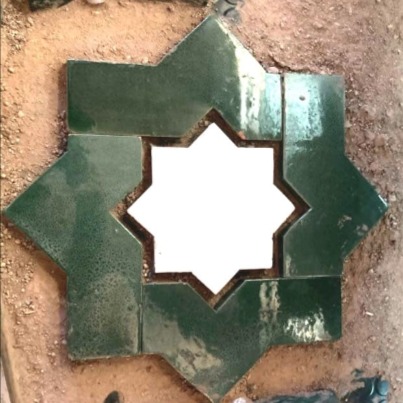
Resumen
El objetivo de este artículo es insistir en los Estudios de Traducción sobre la necesidad de prestar atención a la paratextualidad, en general, y al paratexto icónico, en particular, máxime cuando este resulta ser un símbolo que se convierte en un culturema transcultural esencial en la paratraducción turística. El artículo se centra, concretamente, en el uso del paratexto icónico constituido por el símbolo de la estrella de ocho puntas como imagen de marca por parte de las ciudades de Teruel y Zaragoza tanto en su comunicación turística institucional como en la comunicación comercial y social de sus habitantes a la hora de difundir creaciones publicitarias para-traducir la “identidad mudéjar”. En la introducción se presenta la noción de paratraducción aplicada a nivel empírico dentro del espacio urbano como herramienta metodológica idónea para analizar el uso paratraductor de los símbolos tradicionales en la comunicación turística. Tras ofrecer un breve recorrido paratraductor del uso del culturema constituido por la estrella de ocho puntas dentro del imaginario mudéjar aragonés partiendo de la ciudad de Teruel para llegar hasta Zaragoza, el autor presenta, finalmente, la estrella de ocho puntas formada a partir de la lacería del arte islámico como una excelente paratraducción del mestizaje.
Palabras clave: Paratraducción; Estrella de ocho puntas; Identidad mudéjar; Transculturalidad; Mestizaje.
Abstract
This paper aims to emphasize, within the field of Translation Studies, the need to pay attention to paratextuality and, more specifically, to the iconic paratext, especially when it becomes a symbol that transforms into a transcultural cultureme essential to tourist paratranslation. The article mainly focuses on the use of the iconic paratext represented by the eight-pointed star as a branding image for the cities of Teruel and Zaragoza, in Eastern Spain, both in their institutional tourist communication and in the commercial and social communication of their inhabitants when disseminating advertising creations to paratranslate the so-called “Mudejar identity”. The introduction presents an empirical perspective of the notion of paratranslation within urban space as a suitable methodological tool for analyzing the paratranslational use of traditional symbols in tourist communication. After offering a brief paratranslational overview of the use of the cultureme represented by the eight-pointed star within the Aragonese Mudejar imaginary, tracing a path from the city of Teruel to Zaragoza, the author ultimately presents the eight-pointed star, formed from the interlaced patterns of Islamic art, as an outstanding paratranslation of métissage.
Keywords: Paratranslation; Eight-pointed star; Mudejar identity; Transculturality; Métissage.
